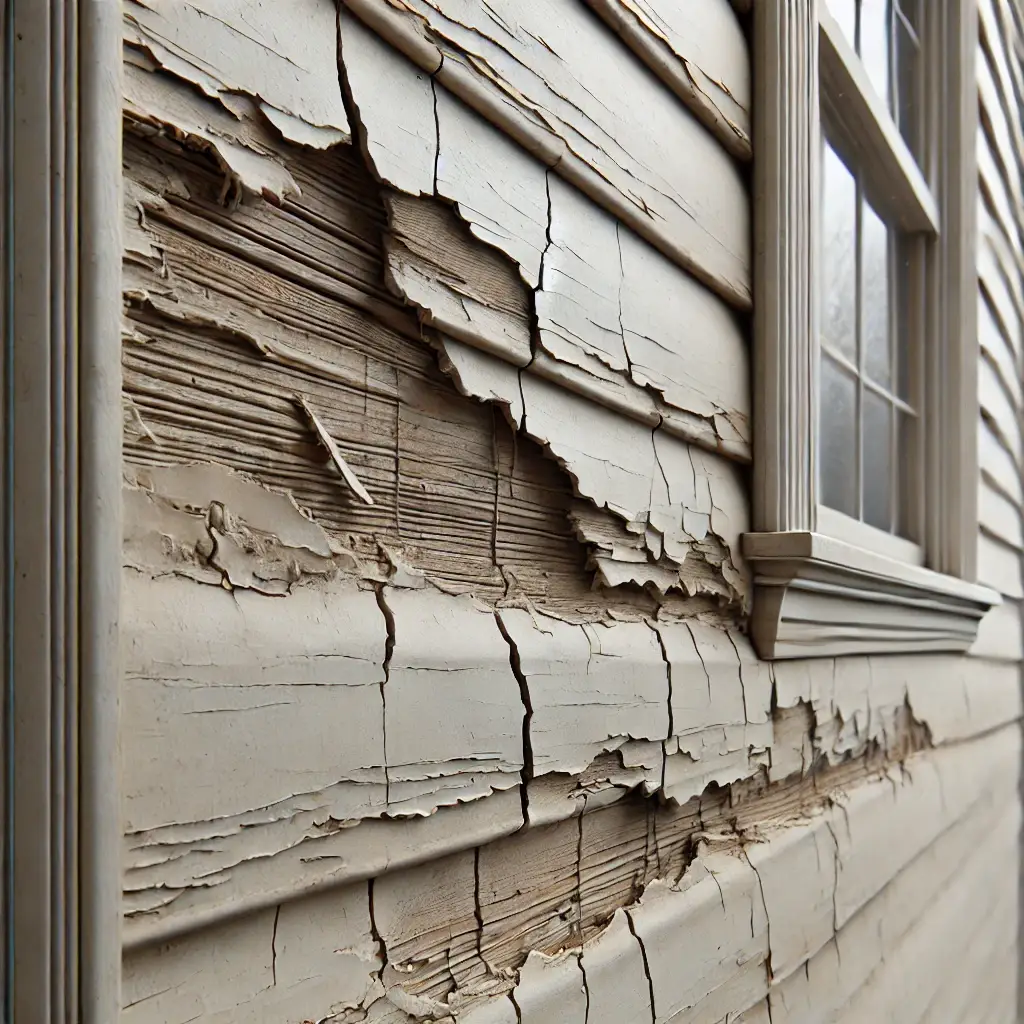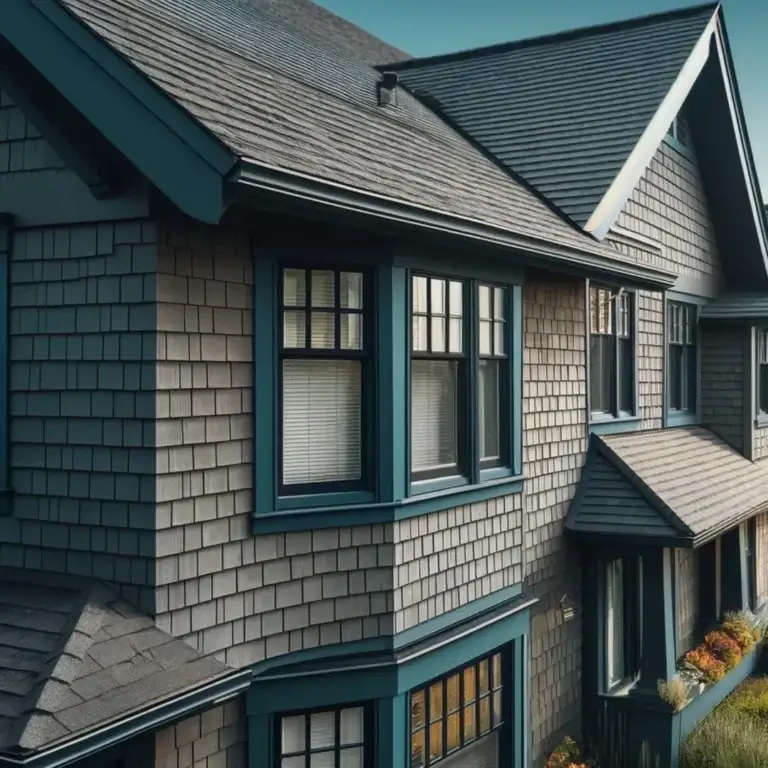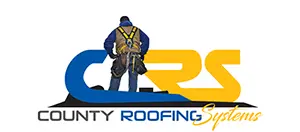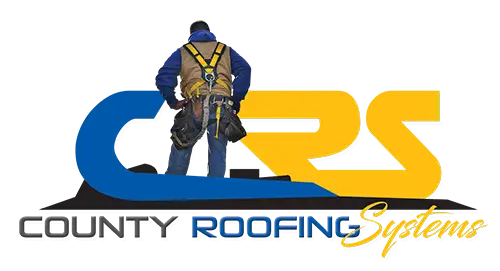Save Money on Utility Bills with Energy Efficient Windows and Siding
Over 35 Years as a Roofer in Long Island
As temperatures drop during the winter and heat waves hit during the summer, Long Island homeowners face rising utility costs for heating and cooling. One often overlooked way to mitigate these costs is through upgrading to more energy-efficient windows and siding. Modern innovations in these home features can significantly reduce energy loss, leading to lower utility bills and a more comfortable living environment year-round.
Upgrading to energy-efficient windows and siding doesn’t just benefit your wallet; it also reduces your environmental impact. By improving your home’s insulation, you reduce the amount of energy needed to heat and cool your home. This results in a smaller carbon footprint, helping to reduce greenhouse gas emissions. For eco-conscious homeowners, this is an important benefit of investing in energy-efficient home improvements.
In this blog, we’ll dive into how older windows and siding contribute to heat loss (and gain), the advantages of upgrading to new windows and siding. We’ll also explain how investing in these improvements can result in long-term savings for homeowners on Long Island.
The Impact of Old Windows
on Energy Efficiency

Windows are a crucial element in your home’s insulation. Unfortunately, older windows—especially those installed 15 to 20 years ago—are not nearly as energy-efficient as today’s models.
These older windows often feature single-pane glass, poor insulation materials, and may lack features such as low-emissivity (Low-E) coatings. All of these factors can lead to significant heat loss during the winter and heat gain in the summer, forcing your HVAC system to work overtime and driving up your energy bills.
Old Windows Can Raise your HVAC Bills
Here are a few ways old windows can lead to energy inefficiency:
-
Single-Pane Glass: Many older homes have single-pane windows, which offer minimal insulation. These windows allow heat to escape in the winter and let warm air seep in during the summer. Modern double-pane or triple-pane windows provide an added layer of insulation, helping to regulate indoor temperatures more effectively.
-
Worn Seals: Over time, the seals around windows degrade, leading to drafts and air leakage. These small gaps can be responsible for significant heat loss in the winter as cold air infiltrates your home. Seals also allow warm air to escape, reducing the efficiency of your heating system.
-
No Low-E Coatings: Older windows often lack a Low-E coating, which is a thin, invisible layer that reflects infrared and ultraviolet light. Low-E windows help keep heat inside during the winter and prevent excessive heat from entering your home in the summer. Without this coating, older windows are much less efficient at maintaining a stable indoor temperature.
-
Condensation and Moisture Buildup: Older windows often have poor insulation properties, which can result in condensation buildup during the colder months. Condensation can reduce visibility and eventually lead to mold and rot, further diminishing the insulating power of the window frame and glass.
Save Money with New Energy-Efficient Windows
New energy-efficient windows, particularly high-quality options like Pella and Marvin, are specifically designed to address these energy-loss issues. By replacing outdated windows with energy-efficient models, homeowners can expect a significant improvement in their home’s insulation and an immediate impact on energy consumption.
-
Double or Triple Panes: Today’s windows come with double or triple panes filled with insulating gas (like argon) between the layers, dramatically reducing the amount of heat that can escape or enter your home.
-
Advanced Weatherstripping: Modern windows come with advanced weatherstripping that forms a tight seal around the window, blocking drafts and preventing air leaks.
-
Low-E Glass: Pella and Marvin windows are known for offering models with Low-E glass. This feature allows sunlight to enter your home but reflects heat, ensuring that the interior remains cooler in the summer and warmer in the winter.
By upgrading to energy-efficient windows, Long Island homeowners can expect to save a considerable amount on their heating and cooling costs. In fact, according to the U.S. Department of Energy, upgrading from single-pane to ENERGY STAR®-certified double-pane windows can save you between $101 and $583 annually on energy bills, depending on where you live. Given Long Island’s notoriously high utility bills and variable climate—cold winters and hot, humid summers—the savings can be especially pronounced.
Why Choose Pella and Marvin?
As a Long Island contractor specializing in window installations, we believe Pella and Marvin windows provide homeowners with the best energy-efficient windows on the market.
Marvin Windows
Marvin windows are an excellent option for homeowners looking to increase energy efficiency. With high-performance glass and durable materials, Marvin windows provide superior insulation and are built to withstand extreme weather conditions. Their signature design options allow for customization while maintaining top-notch energy performance.
Pella Windows
Known for their innovative designs, Pella windows offer energy-efficient options with features such as double- and triple-pane glass, argon gas insulation, and Low-E coatings. Pella also offers a range of styles, including casement, double-hung, and sliding windows, so you can find the perfect fit for your home
Energy-Efficient Siding
Plays a Key Role in
Regulating your Home's Temperature

While windows play a critical role in insulating a home, siding is equally important in preventing energy loss. If your home’s siding is worn, cracked, or outdated, it may be allowing heat to escape in the winter or seeping into your home during the summer, putting extra strain on your HVAC system.
Siding gaps, cracks, or separations allow air to infiltrate your home. As cold air enters through these openings in the summer, it forces the heating system to work harder to maintain a comfortable indoor temperature. When siding is damaged, the insulating barrier between the outside environment and the home’s interior is compromised. As heat escapes through the walls, your energy consumption and heating costs can skyrocket.
County Roofing has over 35 years of experience installing new siding on Long Island homes. If you’re tired of high utility bills, we can give your home new, beautiful, durable energy-efficient siding that improves your curb appeal and saves you money.
Old Siding Is Less Energy-Efficient
Here are a few ways that old or improperly installed siding can lead to higher energy bills:
- Poor Insulation: Older siding materials, such as wood or aluminum, often lack the advanced insulation properties found in modern siding options. As these materials age, they may develop cracks or gaps that allow air to leak into or out of your home. This creates thermal bridging, where heat easily passes through the material, undermining the effectiveness of your home’s insulation.
- Moisture and Mold: As siding ages, it can absorb moisture from rain, snow, and humidity. When moisture builds up behind the siding, it can lead to mold growth, which compromises the insulating properties of the walls beneath. Over time, this can lead to drafts and further energy loss
- Cracking and Warping: Older siding, particularly wood or vinyl, can crack, warp, or fade over time. These imperfections allow heat to leak out during the winter and enable heat to enter during the summer. Any type of damage in siding will affect its ability to provide an energy-efficient barrier between your home and the outdoors.
Protect Your Home with New Siding
Upgrading your siding is an investment in energy efficiency. Today’s siding materials are built to last longer, provide better insulation, and offer more protection against the elements.
-
Insulated Vinyl Siding: One of the best options for homeowners looking to improve energy efficiency is insulated vinyl siding. This type of siding comes with a foam insulation backing that adds a significant layer of protection to your home’s exterior. It reduces thermal bridging and creates a tighter seal, preventing heat from escaping.
-
Fiber Cement Siding: For those looking for durability and efficiency, fiber cement siding offers a strong, long-lasting material that insulates well. It’s more resistant to moisture and can stand up to Long Island’s often harsh weather conditions, protecting your home from energy loss.
-
Energy Star Certified Siding: Some modern siding options come with ENERGY STAR® certification, ensuring that the material meets stringent guidelines for energy efficiency. These siding options can reflect more heat in the summer and trap heat in the winter, reducing your reliance on your HVAC system.
James Hardie and
CertainTeed Cedar Impressions
County Roofing recommends James Hardie and CertainTeed Cedar Impressions siding for their outstanding durability, aesthetic appeal, and energy efficiency.
James Hardie Fiber Cement Siding

James Hardie siding gives you the beauty of wood siding with the durability and easy maintenance of fiber cement. Hardie siding planks are highly resistant to harsh weather, pests, rot, and fire. Hardie also offers a variety of styles and colors, allowing homeowners to customize the look of their home while enjoying long-term performance and minimal maintenance needs.
With vinyl siding, you can only choose between the manufacturer’s colors. Hardie’s Primed for Paint collection lets you choose the color you want. And if you want to avoid painting, you can choose from the siding options in Hardie’s ColorPlus collection.
CertainTeed Cedar Impressions Sidng

CertainTeed Cedar Impressions siding is an excellent choice for Long Island homeowners due to its combination of durability and visual appeal. Designed to replicate the authentic look of natural cedar, this siding offers the charm of wood without the high maintenance associated with real timber. It resists peeling, warping, rotting, and insect damage, making it ideal for Long Island homes. The polymer material ensures longevity while maintaining the warm aesthetic of natural wood, providing homeowners with a low-maintenance, cost-effective siding option.
Additionally, Cedar Impressions siding is available in a wide array of colors and textures, allowing homeowners to customize their exterior to match their architectural style. It also includes energy-efficient features like added insulation, which can help reduce heating and cooling costs. The product’s high performance, combined with the authentic cedar look and energy savings, makes it a practical and aesthetically pleasing choice for Long Island home
People Also Ask...
Long Island has hot summers, cold winters, and high humidity. That makes it important to choose siding that can handle these conditions. Insulated vinyl siding and fiber cement siding are popular energy-efficient options. Insulated vinyl siding includes a layer of foam insulation that reduces heat transfer, while fiber cement siding offers durability and thermal resistance. Both types help maintain indoor temperatures, reducing energy consumption year-round.
For Long Island's climate, double or triple-pane windows with Low-E (low-emissivity) coatings are highly recommended. These windows often contain inert gas fills like argon or krypton between panes for better insulation. Features to look for include a low U-factor (indicating better insulation) and a low Solar Heat Gain Coefficient (SHGC) to reduce heat gain from sunlight. Energy Star-certified windows are a reliable choice for energy efficiency.
Installing energy-efficient siding may qualify you for federal tax credits and state or local rebates. Programs like the Federal Energy Tax Credit offer incentives for energy-efficient home improvements. Additionally, New York State's Energy Research and Development Authority (NYSERDA) often provides rebates for energy efficiency upgrades. Consult with a tax professional and check current state programs for the most up-to-date information.
Signs that you may need new windows include noticeable drafts, condensation between glass panes, difficulty operating windows, and increasing energy bills. If your windows are single-pane or over 15 years old, upgrading to energy-efficient models can significantly improve your home's comfort and reduce energy costs.
Insulated vinyl siding can last 20–40 years, while fiber cement siding can last up to 50 years or more with proper maintenance. Maintenance is generally minimal—vinyl siding may need occasional cleaning with soap and water, and fiber cement siding might require repainting every 10–15 years. Regular inspections can help you address any issues like cracks or moisture damage promptly.
Key features to consider include:
- Low U-factor: Indicates superior insulation properties.
- Low-E Coatings: Thin metallic layers that reflect heat back into your home during winter and keep heat out during summer.
- Multiple Panes: Double or triple-pane windows provide better insulation than single-pane.
- Gas Fills: Argon or krypton gas between panes enhances thermal performance.
- Energy Star Certification: Ensures the windows meet strict energy efficiency guidelines.
- Durable Frames: Materials like vinyl, fiberglass, or wood composites offer good insulation and durability.
Choosing windows with these features can significantly improve your home's energy efficiency and comfort.
Upgrading to energy-efficient windows can reduce heating and cooling costs by up to 25%. The exact savings depend on factors like the number of windows replaced, the type of windows installed, and your home's overall insulation. Energy-efficient windows minimize drafts and heat transfer, easing the load on your HVAC system and leading to noticeable savings on energy bills.
Energy-efficient siding materials often include additional insulation layers that reduce thermal bridging—the transfer of heat through the building's framing. This added insulation helps keep warm air inside during the winter and hot air out during the summer. Improved insulation reduces the workload on your heating and cooling systems, enhances indoor comfort, and lowers energy consumption.
In over 3 decades of contracting work on Long Island, we’ve worked with many local home equity lenders. Give us a call and we can help you make your old house look like a brand new home.

